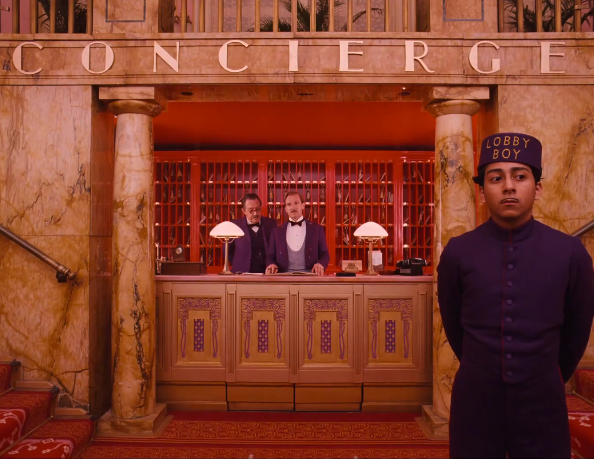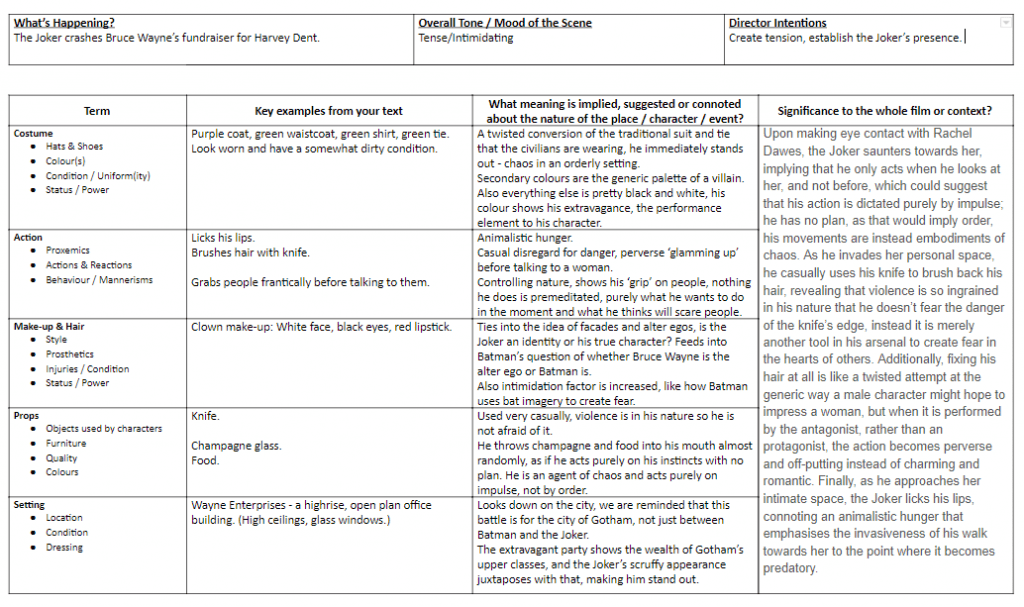Sources:
YouTube. 2020. Terrorism, War, and Bush 43: Crash Course US History #46 – YouTube. [ONLINE] Available at: https://youtu.be/nlsnnhn3VWE. [Accessed 13 December 2020].
cpb-eu-w2.wpmucdn.com. 2020. Media Magazine – The Ideology of Nolan’s Batman Trilogy. [ONLINE] Available at: https://cpb-eu-w2.wpmucdn.com/blogs.grammar.sch.gg/dist/8/543/files/2017/11/Batman-1yl5lip.pdf. [Accessed 13 December 2020].
| Significant Event in Politics / Society | Details | Relevance to The Dark Knight |
| 2001 Election – Democratic Candidate Al Gore v.s. Republican George W. Bush. | A very close election solidified the Red/Blue divide, as it was extremely close and there was some tense political maneuvering in Florida for Bush to win, with Bush’s brother Jeb influencing the outcome of the result. | The uncertainty surrounding the process used to determine the result of the election could tie into the corruption battled throughout the film, and how the authorities in charge cannot be entirely trusted. |
| September 11th 2001 – 9/11 Attacks.
War on Terror. |
Terrorists associated with Al Qaeda crashed two planes into the World Trade Center, or the Twin Towers. The Bush Doctrine – America would go to war with terrorism, giving no bias to country. (Afghanistan, Iran, Iraq.) ‘We love freedom, they hate freedom’ – Bush. | The war of terror can serve as a direct comparison to Batman’s crusade for justice within Gotham. However, it could be argued that Bush created the problems he then faced, whereas Batman is fighting a problem that has plagued him since youth. |
| Intervention in Afghanistan. | Afghanistan was ruled by the Taliban who were harbouring Al Qaeda leader Osama Bin Laden. America invaded and installed a democratic government. | Darker times. |
| 2003 Invasion of Iraq by the U.S.A | On the pretence that they were harbouring dangerous weapons that they refused to give up. A democratic government was put in place but eventually it failed. It became a haven for Islamic terrorists, which it wasn’t before the invasion. | Darker times. |
| Patriot Act. | It gave the government and law enforcement unprecedented ability to combat domestic terrorism, which allowed spying on Americans without a warrant. | Surveillance seen at climax of film – sonar technology. |
| American Recession | Bush’s second term led to a net loss of jobs, and after a number of the Bush administration were indicted for federal crimes, the people lost faith in him as a president. The economy crashed further in 2007-2008, with the near collapse of the American banking system. | Darker times. |

